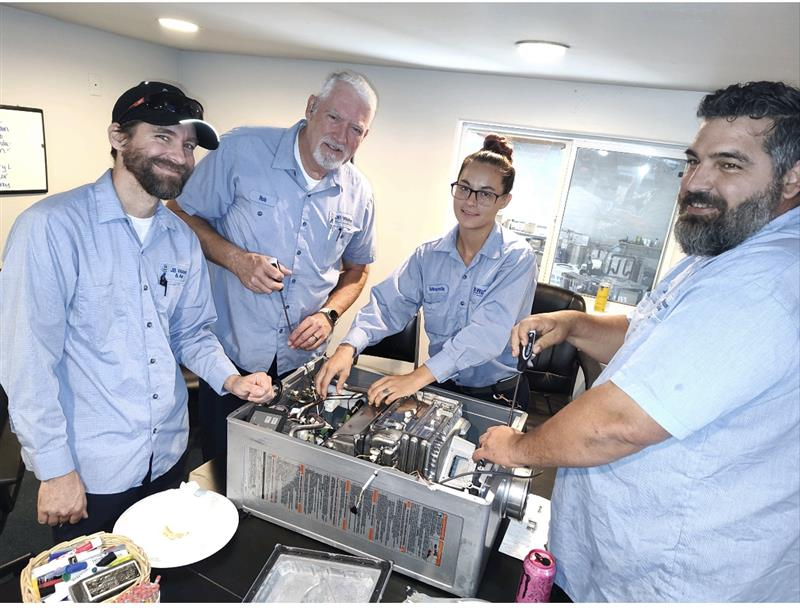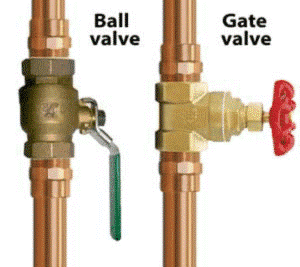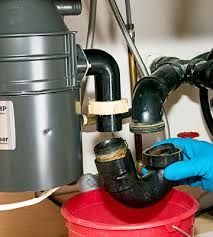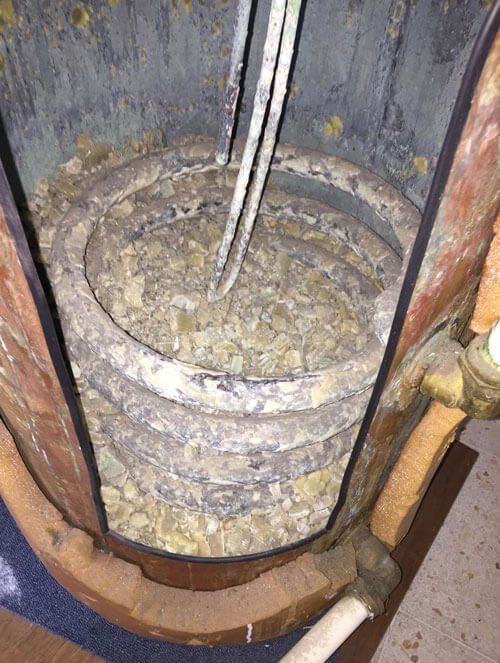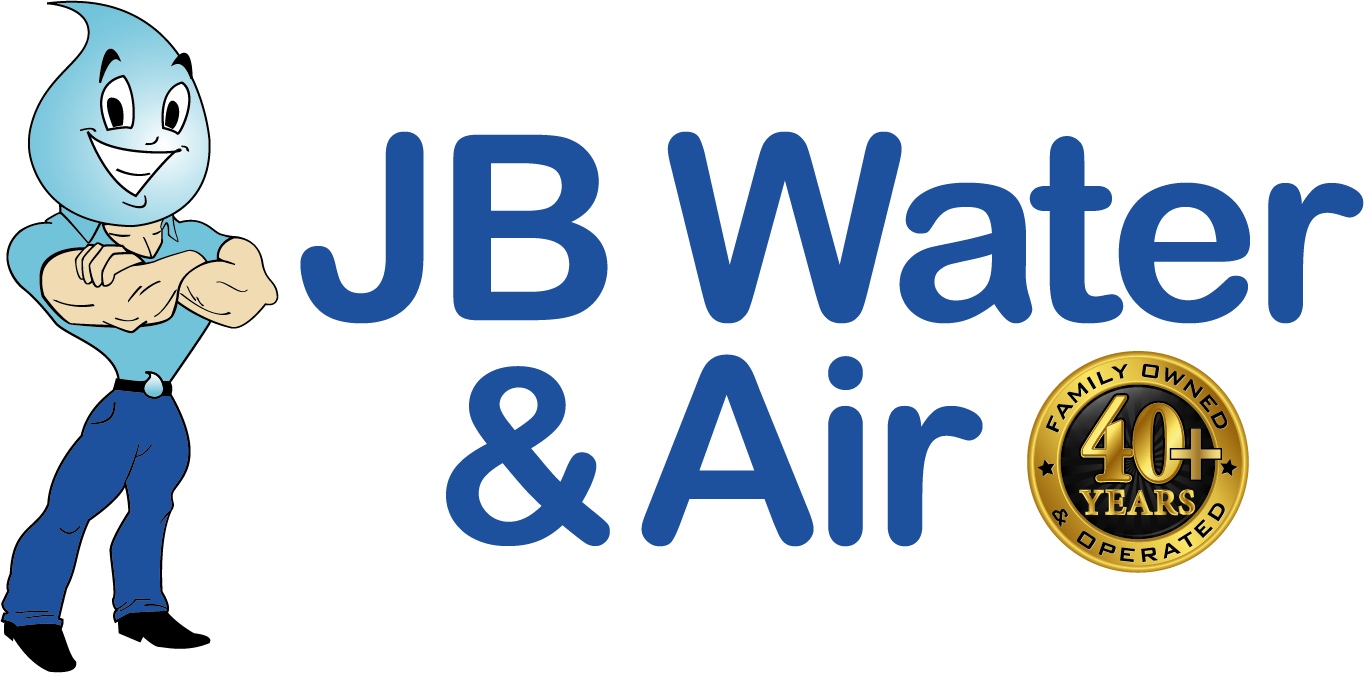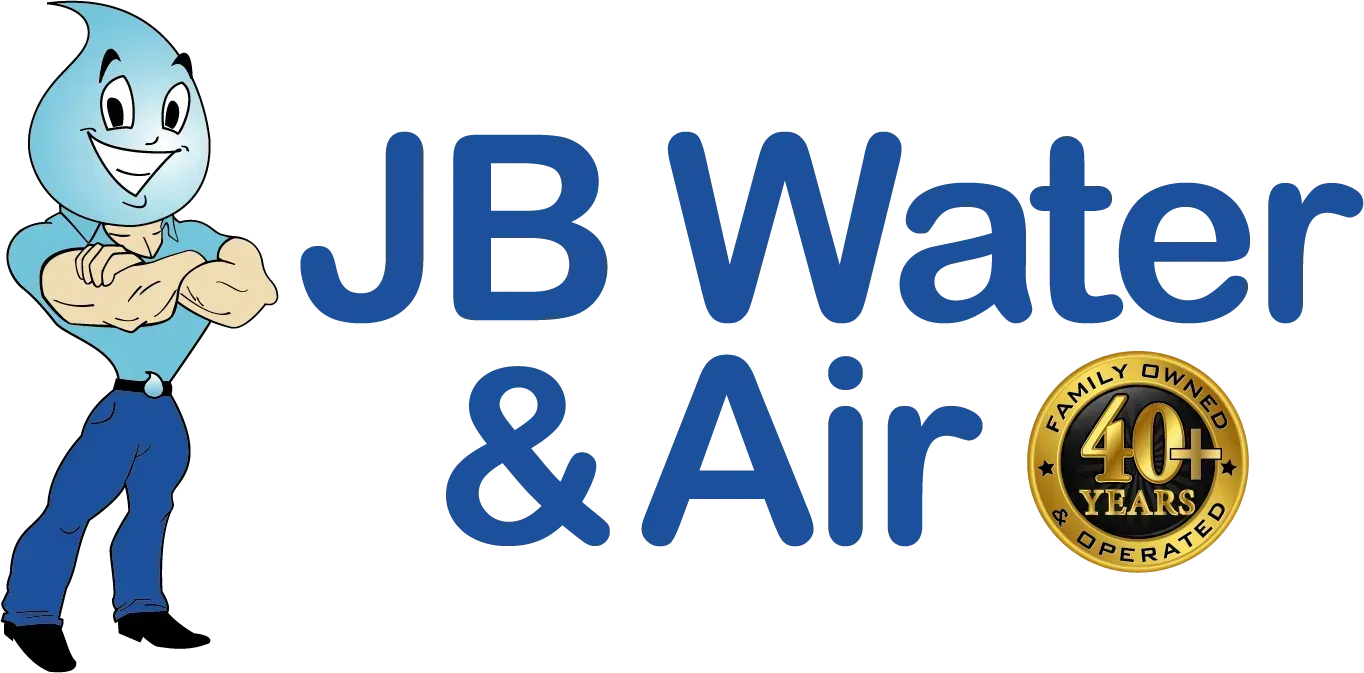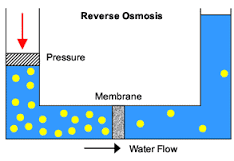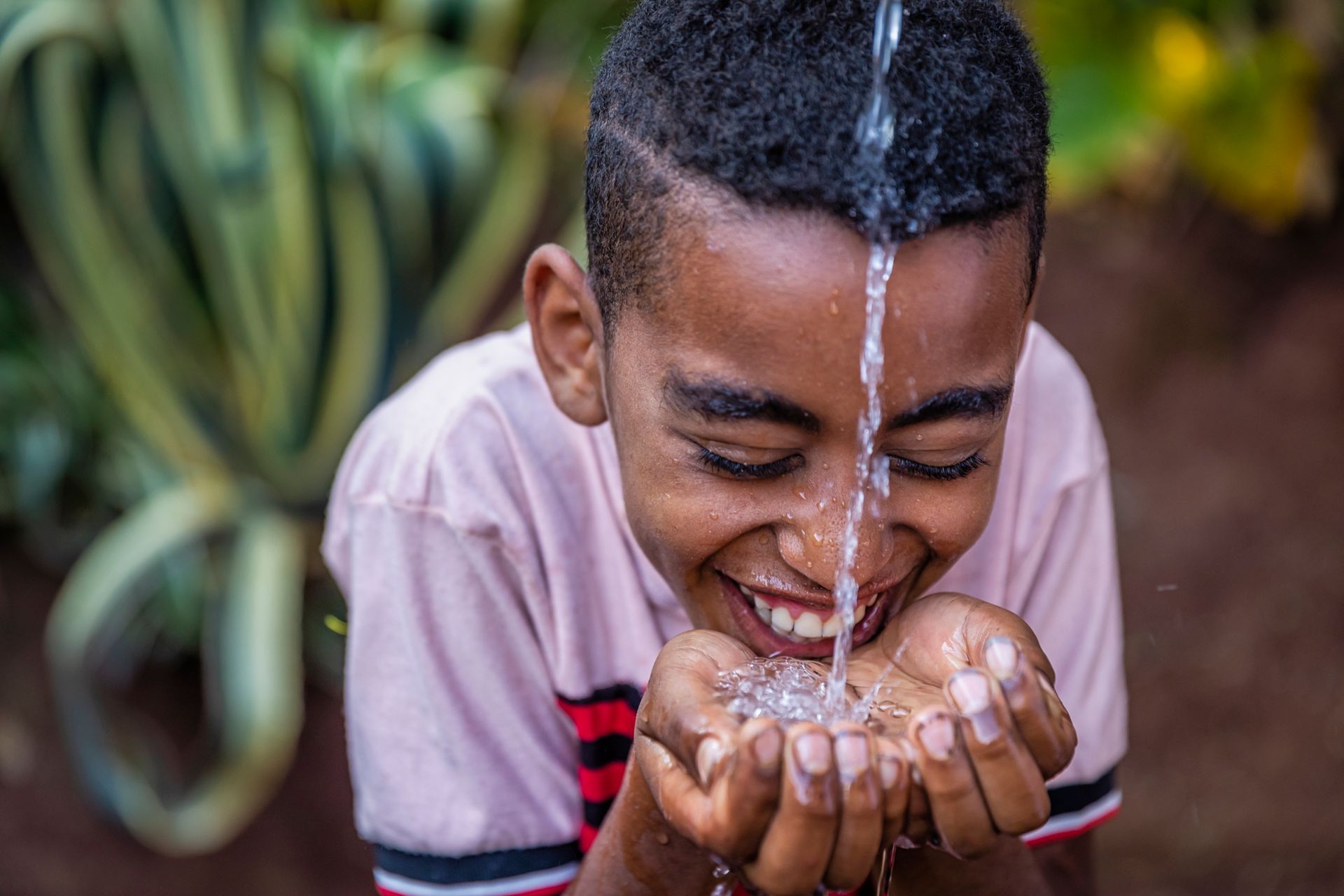JB Water and Air
We need water to survive. Water makes up approximately 70% of the human body; blood is 93% water and muscles are about 75% water. Reverse osmosis and distillation are the most common and most effective water purification methods used to make safe drinking water, so what are the differences between reverse osmosis and distilled water? Both processes require the use of a carbon filter. Beyond that, they go through very different processes.
With a combination of pressurized water through a thin-film semi-permeable membrane and carbon filters, the contaminant removal efficiency of typical contaminants found in municipal water is between 90% and 95%. However, the removal efficiency tends to degrade over time. Removal of pathogens (harmful microorganisms: i.e., bacteria and viruses) is effective with RO treatment, but is not recommended because membrane deterioration can occur, resulting in pinholes in the RO membrane, and the o-rings are not designed to prevent the migration of pathogens. Thorough attention must be paid to maintaining reverse osmosis water filtration systems.
Typically, RO systems installed in homes require strong water pressure and waste four to twenty gallons of water for every gallon purified. Ultra-violet (UV) disinfection lamps that provide protection from pathogens are available for home RO systems but are rarely installed.
It should be noted that home RO systems are not nearly as effective at contaminant removal as commercial RO systems used to produce bottled drinking water. Commercial RO systems use higher grade equipment at higher pressures and always include UV disinfection in the process.
Distillation exactly duplicates Mother Nature’s hydrologic cycle, passing water over heated coils, causing water vaporization that destroys pathogens and leaves contaminants behind. The resulting steam transfers to a cooling chamber and is then condensed back into water that is 99.9% free of any contaminants. To assure the purest water achievable, activated carbon filters are used both before and after distillation as an additional barrier to contaminants
Amazing Facts about Steam Distillation
- Distillation exactly duplicates Mother Nature’s hydrologic cycle, nature’s primary method of purifying water.
- Distillation is the single most effective water treatment method! A well-designed distiller system will remove 99.9% of all contaminants.
- Distillation is the only process that boils the water, which means that distillation kills bacteria, viruses, and other biological contaminants!
- Distillation produces extremely consistent results. There is no drop in quality over time. It yields consistently high quality water glass after glass, day after day, and year after year.
- Distillation is extremely reliable! Other than the carbon filters that need to be changed annually, there are no physical barriers to break down or fail; a good distiller is very reliable and has been proven to last several decades before replacement is needed.
- Distillation’s water quality is not related to the quality of the source water! It will produce consistent quality regardless of the quality of the source water.
- Distillation offers absolute peace of mind. It consistently produces the highest quality drinking water available; something that no other process can honestly claim.
At JB Water, we install and service the full range of water treatment systems for residential and commercial applications, including whole house carbon filtration, water softeners, RO treatments, and steam distillation systems. Give us a call to have a water treatment professional come to your home to explore the options available to provide safe, healthy water for your family.
The post
Reverse Osmosis vs. Water Distillation appeared first on
JB Water.
